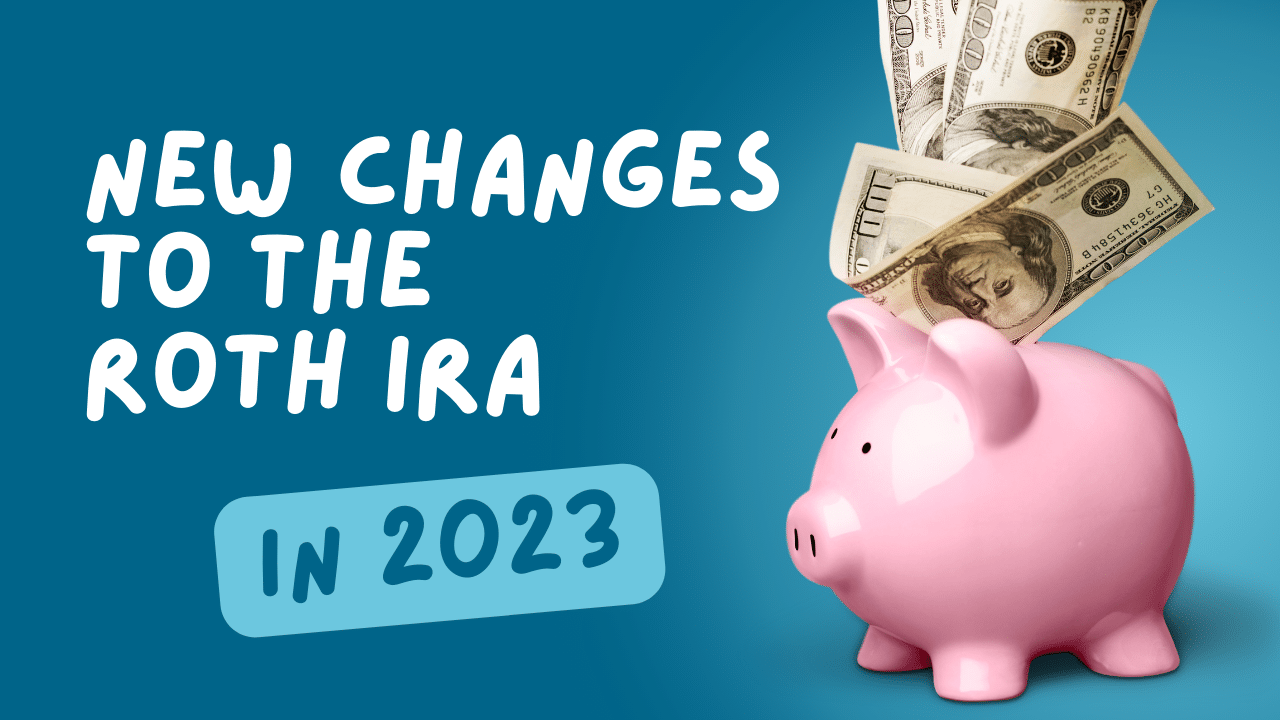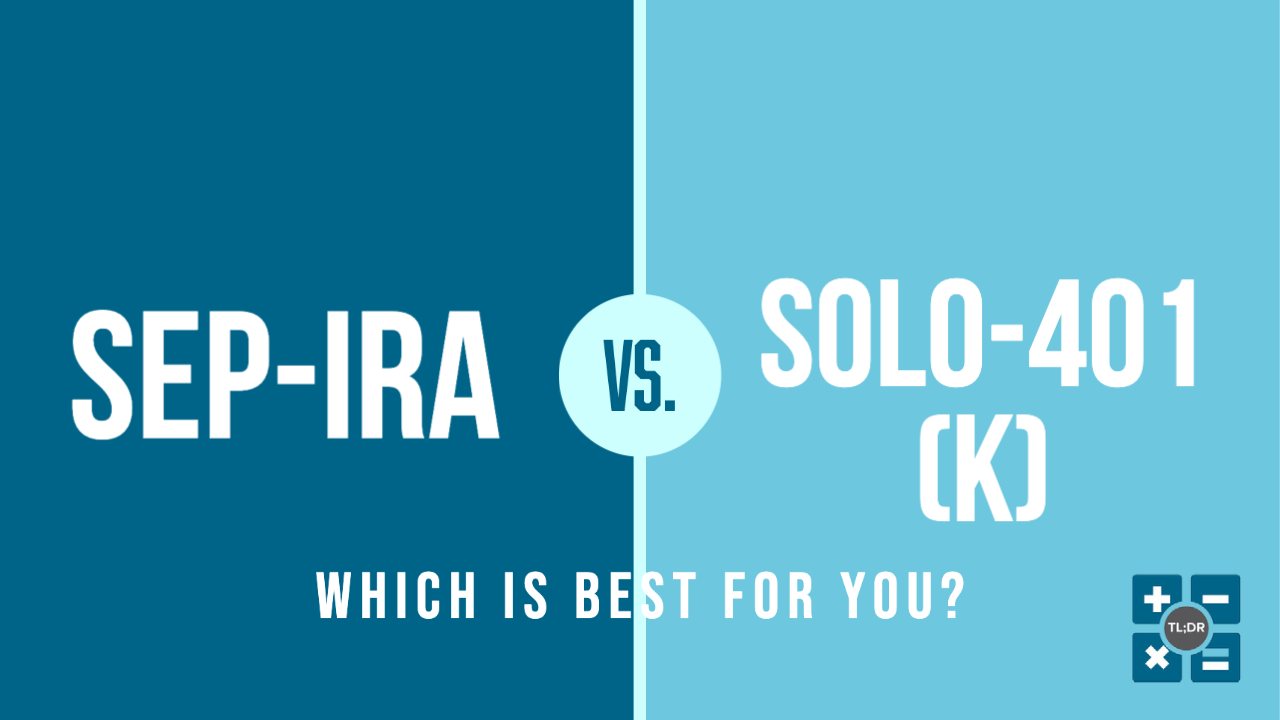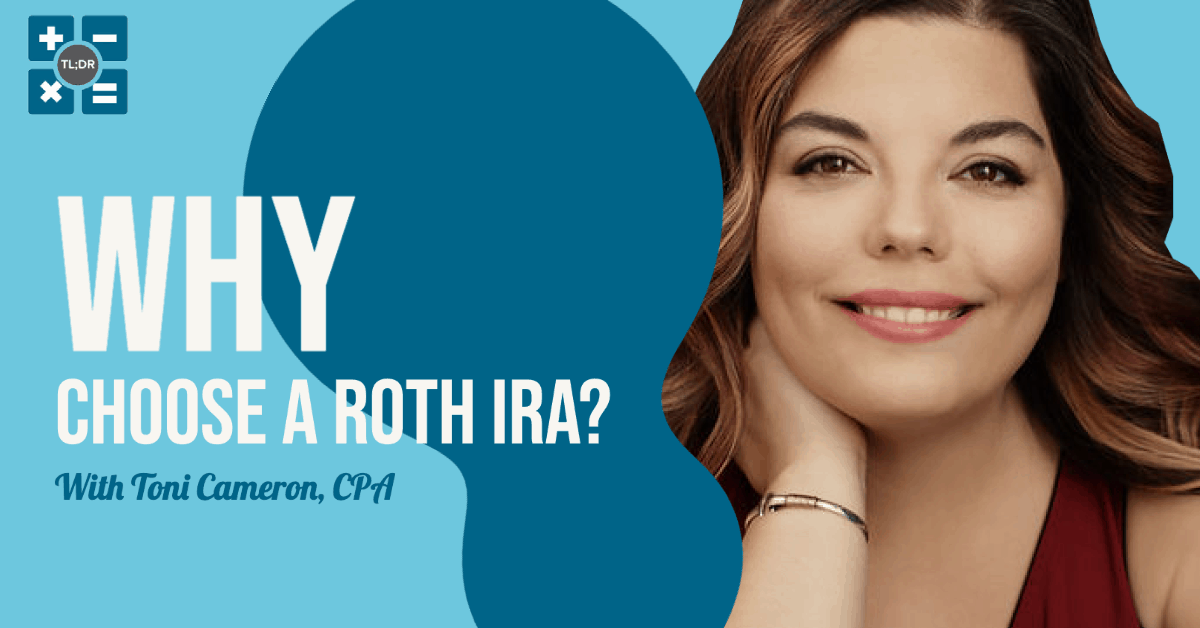Being self-employed gives you freedom in so many ways – you can work remotely, travel, and choose your working hours.
However, with freedom comes great responsibility. For instance, if you’re a therapist and you have your practice, you’re in charge of planning for your retirement.
Unlike employees who might have a 401(k), you’re on your own.
You might think your practice will eventually grow, and you’ll hire people and have passive income when you retire. Or you’ll sell your business and get your retirement money.
But what if none of that takes?
There is no glory in finding out, so let’s get you prepared.
Read on to see the best retirement options, whether you practice solo, you have employees, or you foresee future growth in your business.
Best Retirement Options for Therapists with No Employees
The first step to choosing a good retirement option is deciding how much you need to save.
How much you decide to save annually will determine the best retirement account for you. Once you get the number, you then decide where to put the money.
That’s where we come in.
Luckily, flying solo gives you so many options.
Here are our favorites:
1. Retirement Planning for Therapists: Roth IRA
We love the Roth IRA because it allows you to contribute already taxed money, meaning you’ll get tax-free dollars after retirement.
This is probably the easiest way to start saving up for retirement, as it has no special filing requirements. It also offers flexibility if you hire employees because they can also open their own Roth IRAs accounts.
2023 is the best time to open a Roth IRA account to enjoy the increased limit contributions. In 2022, the contribution limit for a single individual was $6000 and $7000 (for those over 50 years) – these limits have increased to $6500 and $7500 consecutively in 2023.
Unfortunately, you have to be very careful to avoid penalties as a result of over-contributing to your Roth IRA account.
To contribute to the Roth IRA, you must earn below $138,000 or $218,000 if you file jointly with your spouse. Your contribution limit steadily reduces as your income goes past these limits, and it eventually gets to zero once your income gets to $153000 as an individual and $228000 if you’re filing jointly.
If you want to keep contributing to a Roth IRA account, consider talking to a certified accountant about using a backdoor Roth IRA to avoid penalties.
2. Retirement Planning for Therapists: Solo 401 (k)
Unlike IRAs, setting up 401(k) plans is complex, requires more administration, and is somewhat expensive. Even so, the trouble might be worth it, depending on your income level and your retirement goals.
Let’s begin with the biggest deal breaker, a solo 401(k) is designed for a business owner with no employees. You’ll have to scrape it off if you add therapists or other employees to your practice.
Now onto the good stuff.
Unlike the Roth IRA, where you pay tax-free dollars, contributions are made pre-tax, reducing your year’s taxable income.
Also, with Solo 401(k), you can file as an employee and an employer. Yes, it allows you to pretend you’re two people – an employer (you) and an employee (also you), which makes your total limit $66000 or $73500 (if you’re over 50):
- As an employee, you can contribute as much as you’d have contributed if you were a standard employee with a 401(k). That is 100% compensation or $22500 (plus $7500, if you’re eligible for the catch-up contribution) in 2023; whichever is less.
- At an employer’s capacity, you can contribute up to 25% of compensation. As a single-member LLC or sole proprietor, you’re allowed to contribute 25% of net self-employment income, which is your net-profit less half your self-employment tax and plan contributions you have for yourself.
The limit on compensation to factor in your contribution is $330000 in 2023.
Best Retirement Options for Therapists with Employees
If you have employees in your practice, you also have an added responsibility to help them work towards their retirement.
Here are some suggestions:
3. Retirement Planning for Therapists: Simple IRA
The SIMPLE IRA is the ideal retirement if you have employees or plan to hire extra hands along the way; it works if you have 100 employees or fewer. The contribution limit for a SIMPLE IRA is lower than a SEP IRA but higher than a traditional IRA.
There are two ways you can contribute to your employees’ SIMPLE IRA:
- Matching contributions
In this case, you match your employees’ contributions to their retirement by up to 3%.
For example, if one of your employees, let’s call her Sloane, has an annual salary of $20000 and contributes $2000 into her SIMPLE IRA, you’ll be required to match that contribution up to a maximum contribution of $600 (3% of $20000).
If your employee doesn’t contribute, you’re also not required to contribute.
- Non-elective contribution
For non-elective contributions, you’ll be required to contribute even if your employee decides not to make a personal contribution.
You can match 2% of your employees’ salary as long as it doesn’t exceed $330000, which is the annual limit in 2023.
For example, if Sloane has an annual salary of $20000, and she decides not to contribute to her retirement, as her employer, you’ll still contribute up to $400 per year (2% of $20000).
In 2023, the maximum SIMPLE IRA contribution for employees is $15,500 and $19,000 (for those above 50). As an employer, you can match your employees’ contribution dollar-for-dollar up to 3% annual compensation. Or 2% of your employee’s salary as long as it doesn’t exceed, $330 000.
4. Retirement Planning for Therapists: SEP IRA
The SEP IRA is a good retirement plan for therapists who experience extreme highs and lows in a business. It allows you to contribute large amounts for your retirement plans when business is good and reduce pressure for your business during low seasons. Great. Right?
Unfortunately, there’s a catch.
If you set up a SEP for your business, the contribution rate has to be uniform for all employees – also, employees can’t contribute because SEPs only accept the employer’s contribution.
For example, if you contribute 25% of your compensation for your retirement, you’ll also have to contribute 25% of each eligible employee’s income for their SEP IRA. This applies to employees who might not be working with you on the last day of the year.
The maximum contribution amount for every eligible employee in 2023 (including yourself) is up to 25% of their compensation, or $66,000, whichever is less.
SEP IRA has other limits, too – for example, you can’t borrow from a SEP IRA account as you would with a solo 401(k).
Need Help with Your Retirement Planning for Therapists?
As a business owner, ensuring you’re all set for your retirement is important. You don’t have anyone to keep you accountable to save up for your retirement, so you’ve got to step up.
Besides, if you have employees, you must ensure their financial future is safe too.
A good retirement plan is one that caters to your needs depending on your financial abilities and business status. If you have an employee, a SIMPLE IRA is the best option, and if you’re working solo, then a solo 401(k) is the best option.
If you need help determining what retirement plan is best for you, talk to us, and we will advise you on the best plan and guide you through it.





